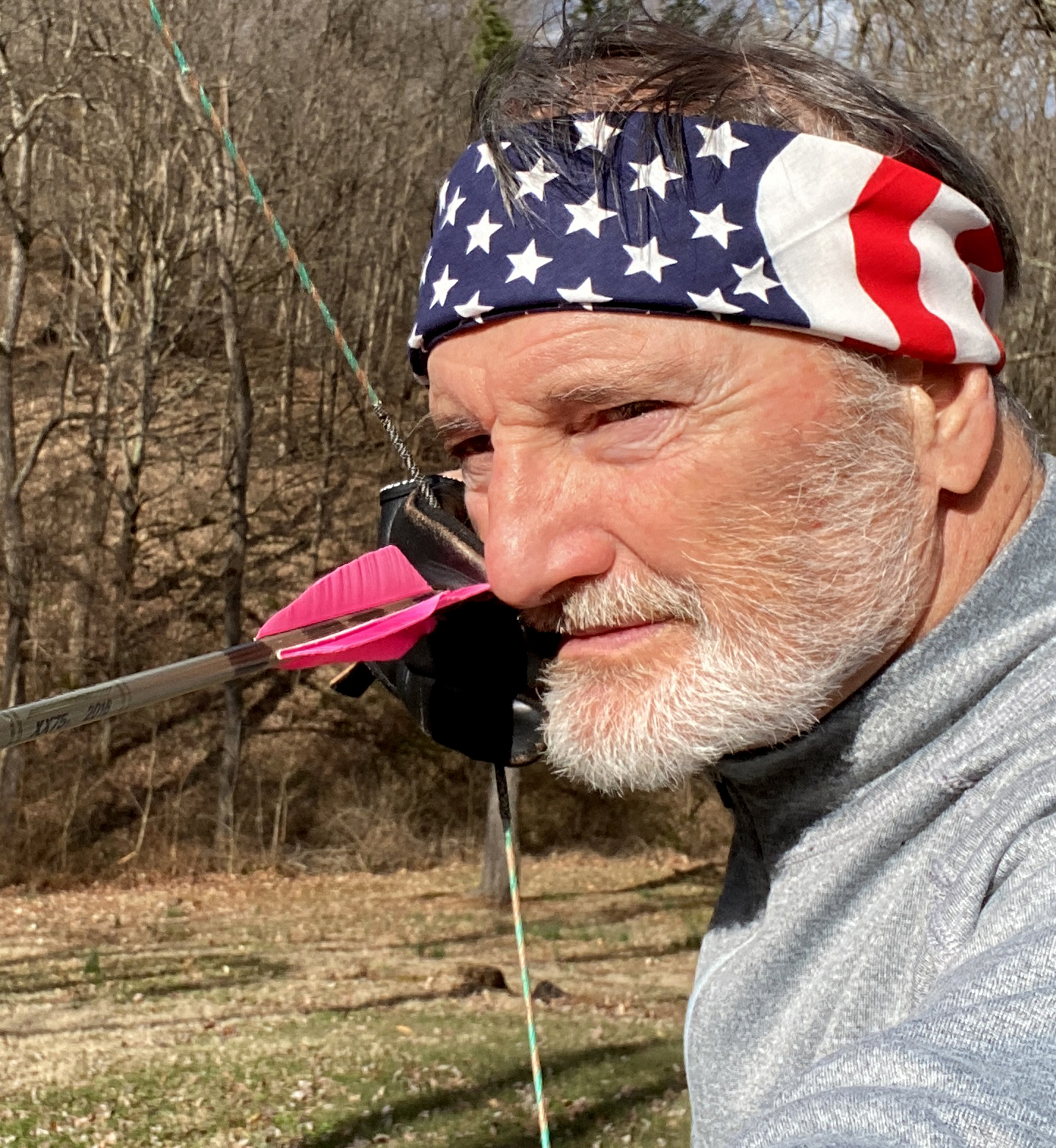
Lake Jordan has been one of Alabama’s most reliable bass fisheries since the 1980s. Situated on the Coosa River 25 miles north of Montgomery, this fertile 6,800-acre reservoir maintains healthy populations of largemouth and spotted bass.
Impounded in 1928 by the Alabama Power Company, Jordan was expanded in 1967 by the Bouldin Dam, which filled an adjacent basin with water. A short canal connects the two areas.
Alabama Bassmaster Elite Series pro Greg Vinson lives about 20 minutes from Jordan. He visits it throughout the year at every opportunity.
“I started fishing Jordan around 1997 when I went to college at Auburn University at Montgomery,” Vinson says.
Before becoming an Elite pro, Vinson won enough cash fishing tournaments at Jordan to finance his venture into Bass Pro Shops Bassmaster Open and B.A.S.S. Nation events.
“Jordan is part of the reason I’ve been able to become a professional angler,” Vinson says. “It offers bass fishermen a lot of diversity. Fishing at Jordan helps me refine techniques for Elite tournaments at other lakes.”
Vinson points out that Jordan’s bass get more active when the water temperature cools in October. He claims that 3-pound largemouth and spotted bass are plentiful, and that spotted bass weighing 4 and 5 pounds and largemouth of 5 to 6 pounds are not uncommon in October.
“It’s amazing how many bass are in the lake, given the amount of fishing pressure it gets,” Vinson says.
Water willows
If you favor largemouth bass, Vinson strongly recommends that you venture to Weoka Mill and Softkahatchee (Swayback) creeks and Blackwell slough. That’s where you’ll find the emergent aquatic vegetation water willow, which grows from the bank out to a depth of 4 feet or so.
“Swimming a jig in the water willows is hard to beat,” Vinson says.
A white Netbait 3/16-ounce Paca Swim Jig dressed with a white Netbait Kickin’ B Chunk is Vinson’s go-to swimming jig combo. He fishes it with 50-pound Seaguar Kanzen braid so he can horse heavy bass out of the stubborn water willow stems.
A fast retrieve usually sparks the most strikes for Vinson, although there are times when he must slow down a bit or kill the jig when it comes off the edge of the grass.
“I experiment to find the fastest retrieve I can get away with so I can cover more water,” Vinson says. “There are times when you can’t burn the jig too fast to take it away from them.”
Other productive water willow tactics include working a weedless frog over it, punching a heavy Texas rigged bait through the thicker patches and running a spinnerbait along the edges of the grass.
Docks
Jordan’s boat docks yield good numbers of largemouth and spotted bass in October.
“You might catch a big spot off a dock with one cast and catch a largemouth from the same dock on the next cast,” Vinson says.
Jigs and shaky head worms are proven dock baits at Jordan, but Vinson stresses that you shouldn’t overlook spinnerbaits, jerkbaits and crankbaits in October. His most productive autumn crankbait at Jordan is Bandit’s shallow running 200 with a chartreuse body and a blue back.
He slings the litter cranker on 12-pound Seaguar InvizX fluorocarbon line and bumps the bait into the wood and metal pilings that support Jordan’s many fixed docks. An upbeat retrieve with some stop-and-go thrown in triggers reflex bites.
“At that time of year, I’ve noticed that a lot of my crankbait bites happen in open water when the lure is halfway between the dock and my boat,” Vinson says.
Tailwater Bass
The Mitchell Dam tailwater is popular with anglers that cast for bass and other species, including hybrid striped bass and catfish. It has ample bank access for those who fish from shore.
However, Vinson favors the Bouldin Dam tailwater because the water flow there is consistently stronger. The key to tailwater fishing is to read the current and find the eddies and seams where slack water meets a faster flow.
This is where the bass can hold in the slower current and attack baitfish being washed past them. These ambush locations are in a constant state of flux, depending on which turbines are open and how much water is passing through them.
One tactic that pays off for Vinson is to drift with the flow and slow roll a 3/4- or 1-ounce spinnerbait across the current with a pumping and fluttering action. This picks off bass that suspend above the bottom.
When Vinson needs to dig the bass out of the rocks scattered about the bottom, he casts a Bandit Ledge Series 250 crankbait, which dives to 14 feet.
Whenever Vinson catches a bass, he enters a waypoint on his GPS. After catching several bass, the waypoints help him dial in on the sweet spot in the current.
“You catch mainly spotted bass in the tailwater, but you will also tie into an occasional largemouth there,” Vinson says.
FYI
Before you visit Jordan Lake or any Alabama reservoir, go to alabamabasstrail.org. Here you’ll find detailed information about nine lakes and two major river systems, including fishing locations, productive fishing patterns, local guides, campgrounds and where to stay.
BOAT RAMPS
Bonner’s Point on the west side of Jordan Lake and Rotary Landing on the east side are two popular public boating access areas. Several private marinas also have ramps, including one upriver near Mitchell Dam.
WATER GENERATION SCHEDULE AND MORE
Fishing action peaks below Bouldin Dam when hydroelectricity is being generated there. For tentative generation schedules, contact the Alabama Power Company (APC) at 800-LAKES11. The APC also provides GPS coordinates for habitat improvements they’ve done at Jordan, which you can get at: alabamapower.com/lakes/fishdata.asp.





